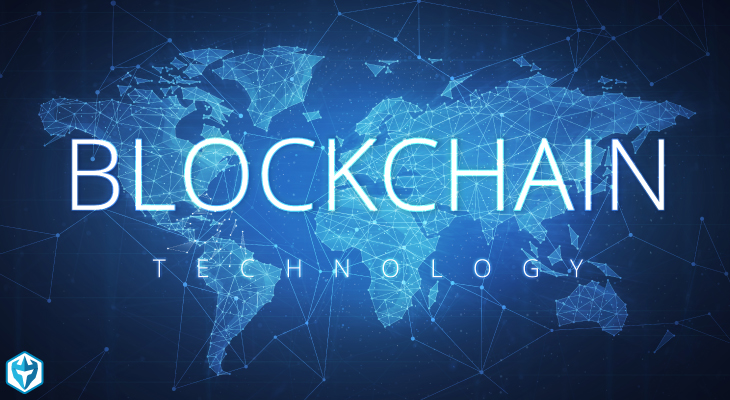Blockchain is the technology that underpins the operation of all cryptocurrencies, as well as a variety of other cryptographic processes.
Blockchain works as a distributed ledger system that is generated independently by a number of uncoordinated participants, which means that no one individual or organization can tamper with the generation of the distributed ledger.
Blockchain Definition
The easiest way to understand blockchain technology is to imagine a spreadsheet containing information that is distributed among a number of independent computers. The information on the spreadsheet is then regularly updated by these independent computers.
Blockchain technology thereby provides a way for public and verifiable information to be stored in a distributed system that is effectively free from tampering or fraud.
In a traditional database system, information gets distributed from point to point in a linear process. A user can only access the latest data that has been sent to them.
Using blockchain technology, by contrast, all users are constantly able to observe the latest data according to the input of all verified contributors.
Blockchain and Cryptocurrencies
Cryptocurrencies emerged from blockchain technology because it introduced a distributed system for recording ownership.
An owner of a unit of a cryptocurrency is authorized to transfer that ownership at any given time. In other words, they are authorized to alter the information on the distributed ledger system as it relates to the ownership of their unit or units of the cryptocurrency.
The cryptocurrency community then uses ‘miners’ who voluntary offer some computing power to process all of the changes to the ledger and produce a new and updated ledger.
These miners are then generally rewarded with units of the cryptocurrency as a reward for their contribution of computing power.
Blockchain and Cryptocurrencies
Cryptocurrencies emerged from blockchain technology because it introduced a distributed system for recording ownership.
An owner of a unit of a cryptocurrency is authorized to transfer that ownership at any given time. In other words, they are authorized to alter the information on the distributed ledger system as it relates to the ownership of their unit or units of the cryptocurrency.
The cryptocurrency community then uses ‘miners‘ who voluntary offer some computing power to process all of the changes to the ledger and produce a new and updated ledger.
These miners are then generally rewarded with units of the cryptocurrency as a reward for their contribution of computing power.
Decentralization
The great promise of blockchain technology is in decentralization.
Proponents of blockchain technology believe that a free and open system of recording and distributing information will unleash an enormous amount of human potential that is held back by the current systems of exchange and control.
For example, one of the economic advantages of a company over a similar number of independent contractors is that the company can easily verify the contributions of the various members to any project.
By contrast, it can be more difficult and cumbersome for independent contractors to identify who has done what and when it was done.
Blockchain technology can transform how people coordinate by offering an independent and tamper-proof record of individual activities that can be used to coordinate and track distributed efforts toward a project without the need for any official supervision or governance.
Contractors can agree from the beginning to the rules for contributions and their associated rewards, and then simply make those contributions and receive those rewards without having to report to any supervisors or mangers.
Contributors who fail to follow the rules of the project will simply not receive any rewards, and they
Issues with Blockchain Technology
The main problem with blockchain technology is the lack of associated software infrastructure for employing the blockchain system in a wider variety of uses.
While the system for a distributed ledger is well-established, employing that distributed ledger system in office work, for example, requires a wide variety of additional pieces of software that do not exist or are only in their elementary phase.
This lack of associated software is why there has been a boom in blockchain technology companies attempting to create software for the widespread use of distributed ledger systems.
The secondary problem with blockchain technology is the lack of public awareness and acceptance of its wide variety of potential uses. Many people are still unfamiliar with the details of blockchain technology and are still accustomed to traditional hierarchical structures of organization.
The widespread use of blockchain technology will require a cultural change in how people understand the nature of coordination and work.
Final Thoughts
The distributed ledger system of blockchain technology represents an enormous potential for transforming how human beings coordinate and work together.
Currencies and systems of recording ownership are only one aspect of human coordination that blockchain can alter, and these systems are already transforming the financial landscape.
However, the widespread use of blockchain technology is still held back by a lack of associated software and the unfamiliarity of the average person with the idea of blockchain technology.


